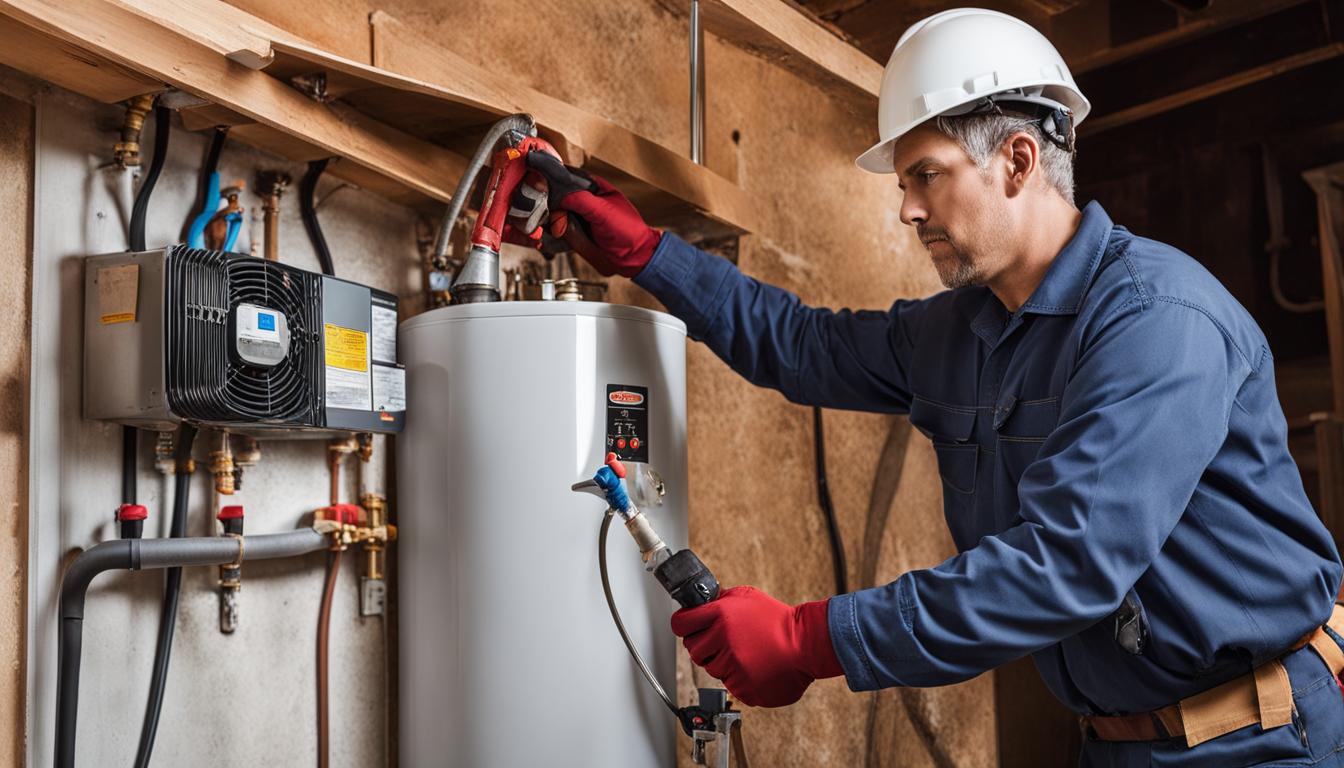How to Maintain Your Home's Hot Water System EffectivelyEffective Techniques for Maintaining Your Home's Hot Water SystemBest Methods to Care for Your Home's Hot Water System Successfully
How to Maintain Your Home's Hot Water System EffectivelyEffective Techniques for Maintaining Your Home's Hot Water SystemBest Methods to Care for Your Home's Hot Water System Successfully
Blog Article
The content listed below on the subject of Tips on Maintaining a Water Heater is seriously entertaining. Don't miss out on it.

Hot water is essential for daily comfort, whether it's for a revitalizing shower or cleaning meals. To ensure your hot water system runs successfully and lasts much longer, routine upkeep is essential. This short article gives functional suggestions and understandings on how to preserve your home's hot water system to prevent disturbances and costly fixings.
Introduction
Preserving your home's hot water system may seem challenging, yet with a few straightforward steps, you can guarantee it operates efficiently for several years to come. This guide covers every little thing from understanding your warm water system to do it yourself maintenance suggestions and recognizing when to contact specialist help.
Significance of Keeping Your Warm Water System
Regular maintenance not just expands the lifespan of your warm water system yet also ensures it runs successfully. Neglecting maintenance can cause lowered efficiency, higher energy expenses, and also early failing of the system.
Signs Your Hot Water System Requirements Upkeep
Recognizing when your hot water system requires attention can prevent major problems. Watch out for indicators such as irregular water temperature level, weird sounds from the heater, or rusty water.
Comprehending Your Hot Water System
Before diving into upkeep tasks, it's practical to recognize the standard parts of your warm water system. Typically, this includes the water heater itself, pipes, anode poles, and temperature level controls.
Month-to-month Upkeep Tasks
Normal month-to-month checks can aid capture small issues before they escalate.
Purging the Water Heater
Flushing your water heater removes sediment accumulation, improving performance and extending its life.
Checking and Changing Anode Rods
Anode rods avoid deterioration inside the container. Examining and replacing them when worn out is important.
Checking and Changing Temperature Settings
Changing the temperature settings guarantees ideal performance and safety.
DIY Tips for Upkeep
You can carry out a number of maintenance tasks yourself to maintain your hot water system in top problem.
Checking for Leaks
On a regular basis examine pipes and links for leaks, as these can lead to water damages and higher costs.
Checking Pressure Relief Valves
Evaluating the stress safety valve ensures it works properly and stops excessive stress accumulation.
Shielding Pipelines
Protecting hot water pipelines reduces warmth loss and can save power.
When to Call an Expert
While do it yourself upkeep is helpful, some issues call for professional expertise.
Complicated Issues Needing Expert Help
Instances include significant leaks, electric troubles, or if your hot water heater is regularly underperforming.
Regular Professional Upkeep Conveniences
Professional upkeep can consist of complete examinations, tune-ups, and ensuring compliance with security requirements.
Conclusion
Regular maintenance of your home's hot water system is essential for performance, durability, and price savings. By complying with these suggestions and recognizing when to look for professional assistance, you can ensure a trusted supply of hot water without unanticipated interruptions.
How to Maintain an Instant Hot Water Heater
Before tinkering with your hot water heater, make sure that it’s not powered on. You also have to turn off the main circuit breaker and shut off the main gas line to prevent accidents. Also turn off the water valves connected to your unit to prevent water from flowing into and out of the appliance. 2. When you’re done, you have to detach the purge valves’ caps. These look like the letter “T” and are situated on either side of the water valves. Doing so will release any pressure that has accumulated inside the valves while at the same time avoid hot water from shooting out and burning your skin. 3. When the purge valves’ caps are removed, you have to connect your hosing lines to the valves. Your unit should have come with three hoses but if it didn’t, you can purchase these things from any hardware or home repair shops. You can also get them from retail stores that sell water heating systems. Read the user’s manual and follow it to complete this task properly. When the hosing lines are connected, open the purge port’s valves. 4. You should never use harsh chemical cleaners or solutions when cleaning your unit. Make use of white vinegar instead. It should be undiluted and you’ll probably use about 2 gallons. 5. Now flush your water heater. This task should probably take about 40 minutes. We can’t give you specific directions for this because the procedure is carried out depending on the type, model and brand of your heater. With that being said, refer to the user’s manual. 6. When you’re done draining the unit, you have to turn off the purge port valves again. Remove the hosing lines that you earlier installed on each of the water valves. Put the valve caps (purge port) back in their respective places and be very careful so as not to damage the rubber discs that are found inside these caps. 7. Now that everything’s back in place, check your user’s manual again to find out how to reactivate your water heating system. 8. Once it is working, turn one of your hot water faucets on just to let air pass through the heater’s water supply pipes. Leave the tap on until water flows smoothly out of it. https://www.orrplumbing.com/blog/2014/september/how-to-maintain-an-instant-hot-water-heater/

We hope you enjoyed reading our section on Tips For Maintaining Your Hot Water Heater. Thank you for taking time to read through our posting. Enjoyed reading our post? Please share it. Help other people locate it. Thanks a lot for your time. Return soon.
Click Here Report this page